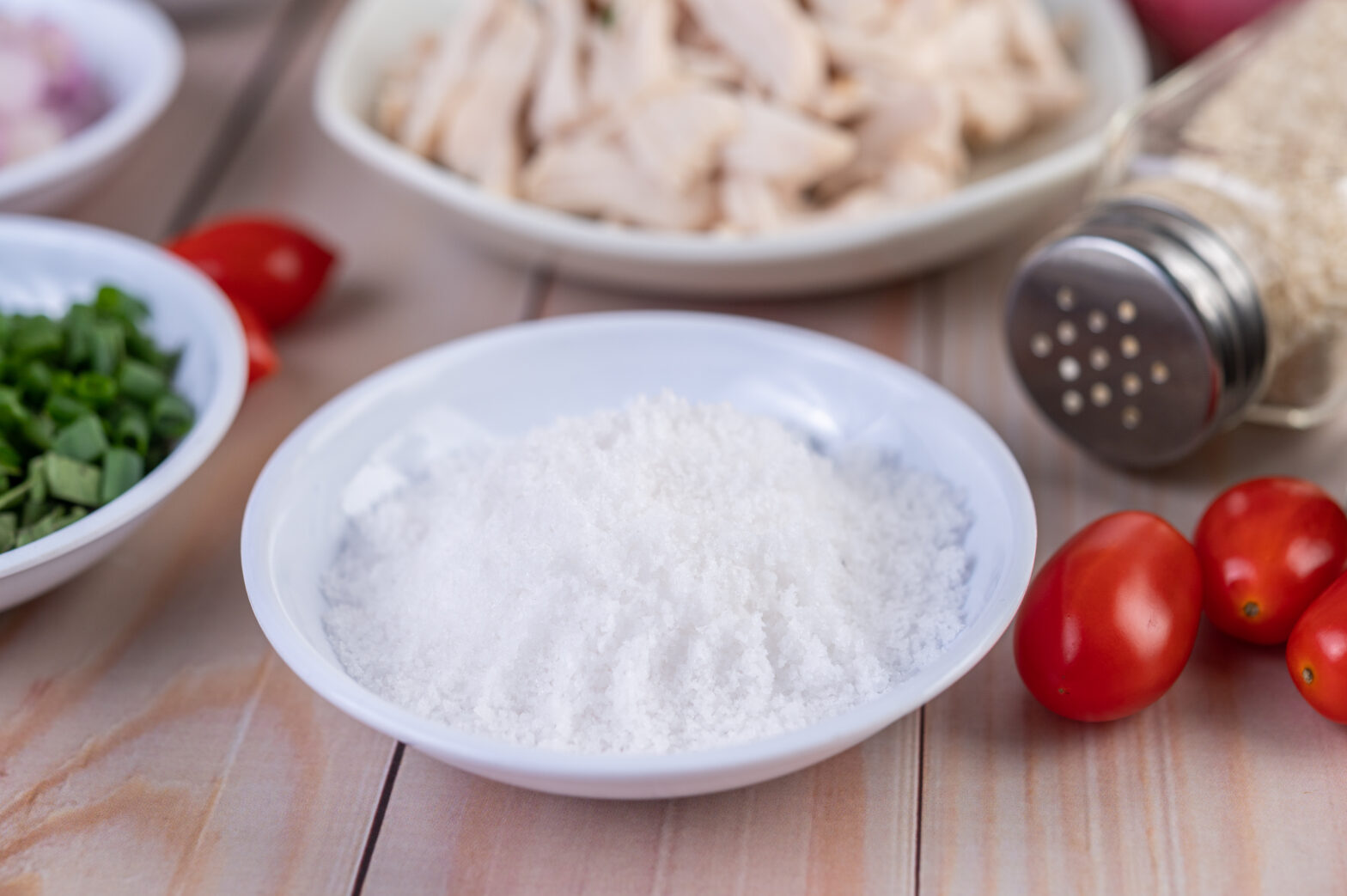
Who doesn’t love crunchy fries or crunchy chips? Table salt is the magic ingredient that turns bland foods into delicious ones. Table salt is a mineral composed of sodium and chloride. We all need sodium to function, but too much can damage your body. Since we know that too much sodium can be dangerous, this raises the question: How much salt does it take to be healthy?
How Much Sodium Should I Eat in a Day?
Sodium is needed to keep your body’s fluid balance, transmit nerve signals, and move your muscles. But how much can you eat of it each day? The FDA’s latest dietary guidelines say you should eat less than 2,300 mg (mg) of sodium daily, about one teaspoon. Cutting it down to 1,500 mg would be even better, but if that’s not an option for you right now, even cutting it down by a thousand mg could help your blood pressure.
What Happens If I Consume Little Sodium?
It’s uncommon for us to consume too little sodium since almost every food we eat contains it. A sodium deficiency can lead to a condition called hyponatremia. Sodium is an electrolyte that helps regulate the body’s fluid balance. When sodium levels are low, the body’s natural response is to retain water.
What Happens If I Consume Too Much Sodium?
The maximum amount of sodium you can have each day is 2,000 mg. That’s about the same amount as a teaspoon of table salt. However, table salt is used during food processing, so it’s easy to eat too much salt.
Eating too much salt makes you more likely to have high blood pressure. High blood pressure can increase the risk of developing heart disease, stroke, and kidney disease.
How To Flush Out Excess Salts from Your Body
- Drink plenty of Water. Your kidneys play a vital role in removing toxins from your body. Drinking plenty of water helps your kidneys clear excess sodium out of your body through your urine. Drink 12 glasses of water every 24 hours if you’ve had high-salt foods.Â
- Consume water-rich foods. Fruits and vegetables with high water content can help dilute your body’s salt. Include apples, lettuce, strawberries, and peppers to reduce your body’s salt levels.
- Consume High potassium-rich foods. Eating foods high in potassium can help balance your body’s salt levels. For example, if you’ve had a pizza full of cheese, try a banana, as it helps reduce salt. Potatoes, avocados, and oranges are also good sources of potassium.
- Exercise. Exercise is a great way to keep your body in shape and remove extra sodium. But stay hydrated while doing it, as too much water loss can make you tired or cause hypernatremia.
- Go For Walks. If you don’t want to go to the gym, try taking a brisk walk, taking breaks from your desk or couch, and doing some stretches.
When should you see a doctor?
If you’ve been eating a lot of salt for a long time, you could be at risk of hypertension or high blood pressure. Hypertension is often called the silent killer. Most people with hypertension don’t know they have it until they start having complications like strokes or heart attacks. Getting regular checkups is the best way to see if you have it.
If you are experiencing these symptoms, go to the nearest DOC-AID urgent care in Laredo:
- Throbbing pain in the head
- Feeling tired or weak
- Vision problems
- Pain in the chest
- Shortness of breath
- Irregular heartbeat
- Blood in the urine
- Pounding in your neck, ears, or chest
We are open Monday – Sunday, 10 am–8 pm. For more information, please call us, book an appointment online, or walk in!



